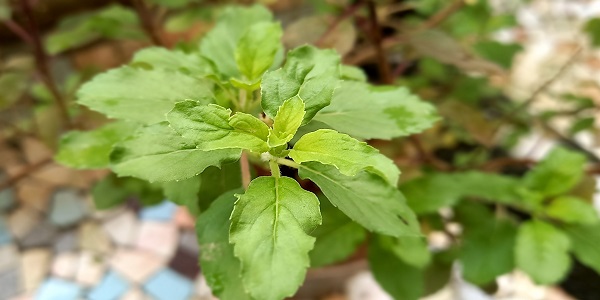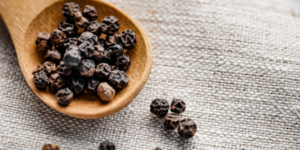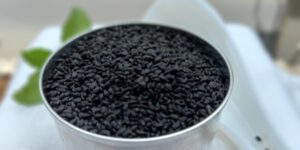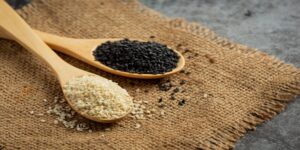Tulsi | Queen of herbs - a herb for all reasons
Tulsi is a common herbal plant found in Hindu houses. It is also known as Tulasi or Vrinda. Tulasi | Vrinda is considered to be an avatar of Goddess Lakshmi. The offering of its leaves is recommended in worshiping Vishnu & his avatar Krishna.
Tulsi is also called the Queen of Herbs & is considered a symbol of purity. It is used as traditional medicine and mentioned in Ayurveda. Ocimum tenuiflorum or Ocimum Sanctum (Botanical name of tulsi) is cultivated for religious purposes & its essential oil. This herbal plant is native to India, and a study shows that this plant originated in North-Central India and spread across the Indian subcontinent.
Significance of worshiping Vrinda as per mythology
It is one of the sacred & holiest plants for Hindus. Hindus believed that Tulsi is a manifestation of Goddess Lakshmi on earth & consort of Lord Vishnu. Worshiping this sacred plant is a gateway to Vaikunth( Heaven), the abode of Lord Vishnu. It is a belief that the person who waters and cares for Vrinda daily gains spiritual merit & Divine gain from Lord Vishnu. This herb is the center of household religion among women as per Sanatan Dharma & symbolizes wifehood & motherhood. Wood and seeds are used to make malas (a string of beads) that helps the mind focus during meditation & devotional practice.
Scientifically this holy herb also purifies the surrounding atmosphere and absorbs harmful gases from the air. So, keeping this plant in your courtyard will provide a pollution-free environment. The tradition of offering prayer to plant every morning & evening marks of gratitude destroy all negative energies and purify the surrounding.
Why are Tulsi leaves used in bhog during pujas?
Holy Basil leaves are considered a herb for all reasons. Uses of Holy Basil in Ayurvedas is the best example of a holistic lifestyle for health and consider to be a tonic for body, mind, and spirit. In India, Tulsi has been adopted as a spiritual ritual & lifestyle practice that provides health benefits, which is confirmed by modern scientific research. Morden’s research revealed that tulsi leaves are anti-bacterial, anti-viral & anti-fungal activities.
Tulsi leaves observed subtle frequency emitted from food and sattvic frequency emitted from its leaves helps protect food from the surrounding atmosphere. It is one of the herbs with many medicinal properties & contains mercury that eliminates the effect of ultraviolet rays. So, adding its leaves to food during the eclipse helps to keep all food items safe & maintain their purity.
Different types of Tulsi found in the Indian subcontinent:
There are more than 60 different species of Holy basil found. Each variety differs from the other by look, taste & smell.
Mainly four different varieties of holy basil that are mentioned in Ayurvedic text.
Rama Tulsi | Laxhmi Tulsai (Green Leaf)
The plant has green leaves. It is grown in Indian plain & courtyards of home. It is known for its cooing & mellow flavors.
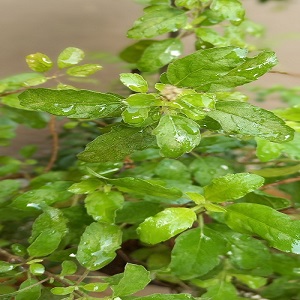
Krishna Tulsi | Shyama Tulsai (Purple Leaf)
The plant has purple and dark green leaves. It is also grown in Indian plain and homes. It has a peppery taste.
Kapoor Tulsi (Heavy Flowered)
This family of tulsi is heavily flowered and grown in India since ancient times. It is used for medical purposes.
Vana Tulsi (Wild Leaf)
This variety is found in the Himalayas & and Indian plain. The plant has green leaves and is known for its fragrance.
According to ancient Indian text, these herbs help people to bring closer to the divine. We Indians celebrate Tulsi Vivah as a festival on Kartika Shukla Dwadashi. It is also known as ‘Herbs for all reason’ & considered to be the most sacred plant close to lord Vishnu.
